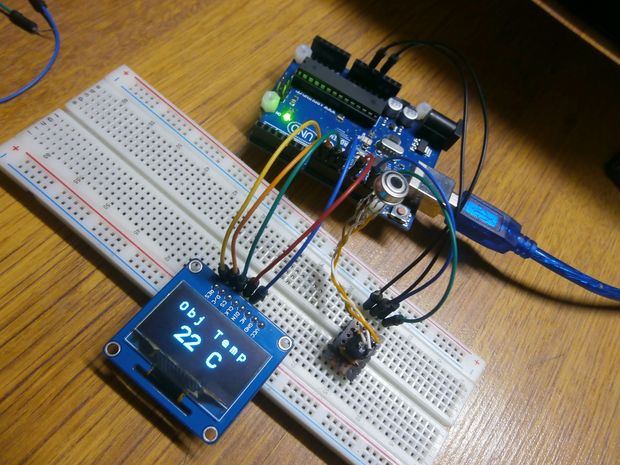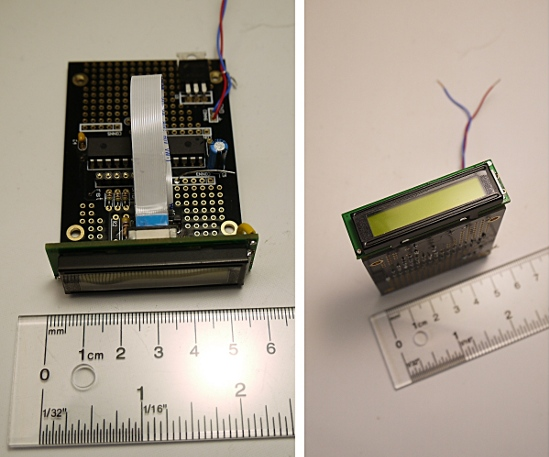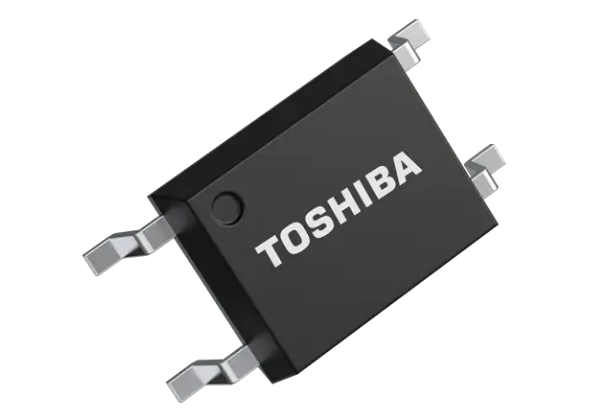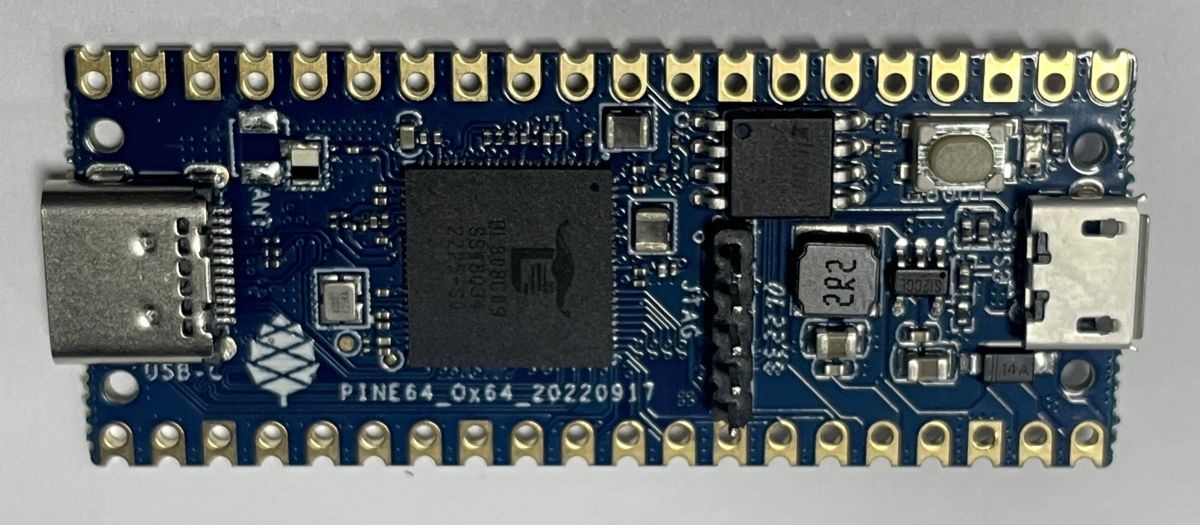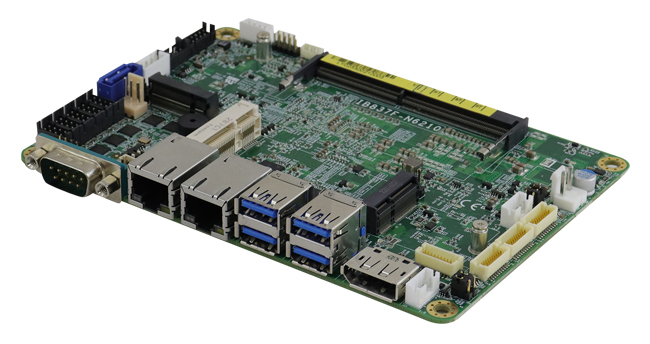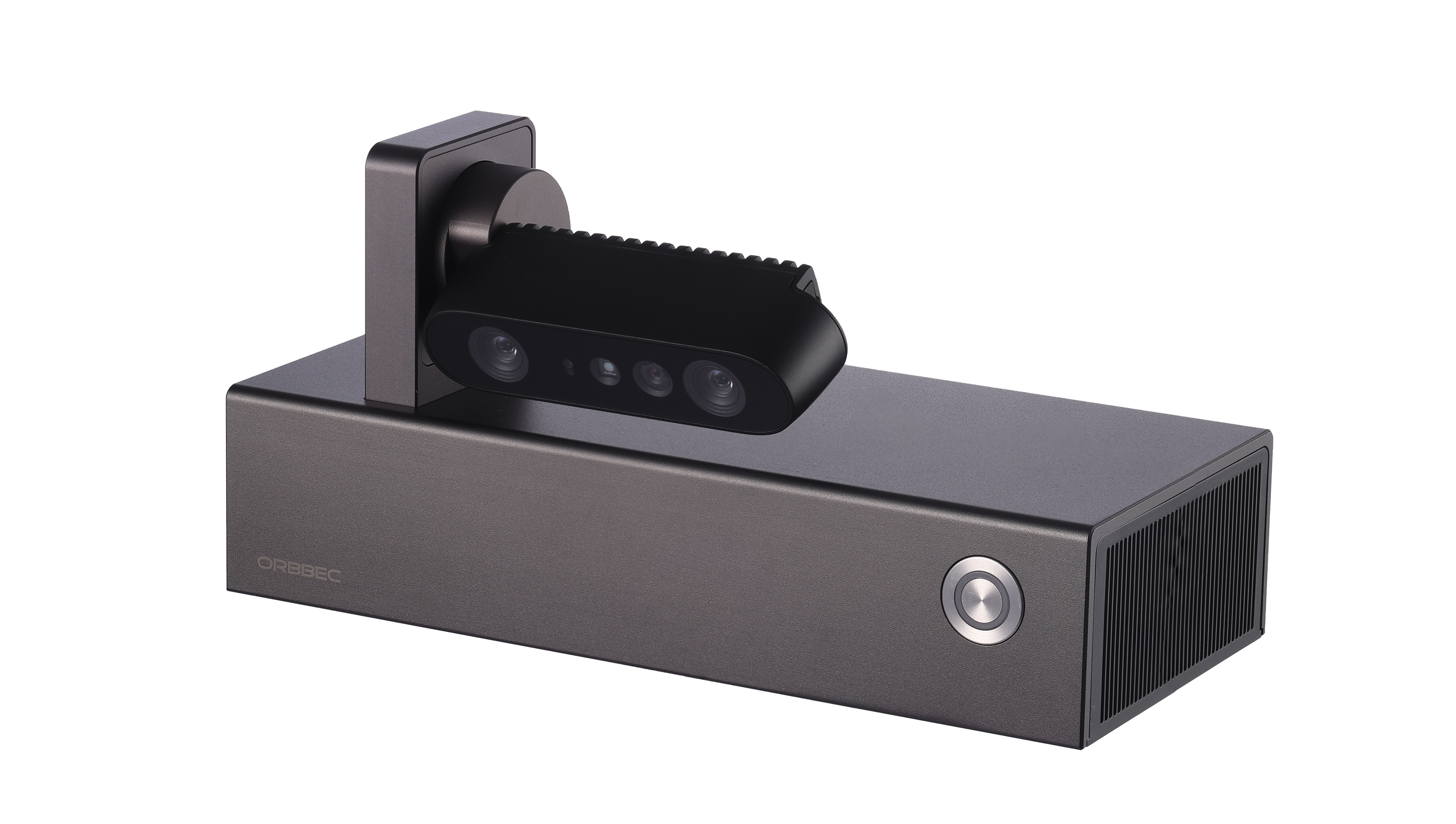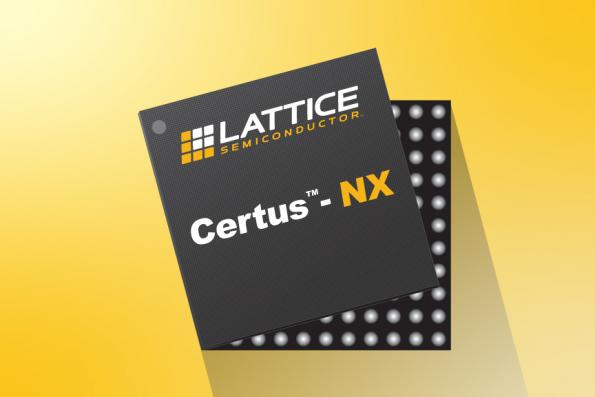
Lattice Semiconductor has introduced a new general-purpose FPGA family that has been developed to combine high I/O density, low-power, small packages and fast interfaces. [via]
The Lattice Certus-NX series provides up to double the I/O density per mm 2 of similar FPGAs, and provides power savings, a small footprint, reliability, and instant-on performance. Devices in the family support PCI Express (PCIe) and Gigabit Ethernet interfaces to provide faster data co-processing, signal bridging, and system control. General-purpose Certus-NX FPGAs are applicable to a wide range of applications, from data processing in industrial equipment to system management in communications infrastructure. The Certus-NX devices are developed on the Lattice Nexus platform using 28 nm FD-SOI process technology.
Key features of the Lattice Certus-NX FPGA family include:
- Up to 3x smaller form factor. As an example, Certus-NX FPGAs can provide a full PCIe solution in a 36 mm 2 footprint. Using the smallest package available in the family can still deliver double the I/O density per mm 2 of competing FPGAs for better design flexibility.
- Robust I/O interfacing capability through access to Lattice’s IP library. Notable IP blocks available on Certus-NX include:
- 1.5 Gbps differential I/O with performance that is up to 70 percent higher than competing FPGAs.
- 5 Gbps PCIe, 1.5 Gbps SGMII, and 1066 Mbps DDR3. These IP blocks can be tested on Certus-NX development boards for the fast implementation of interfaces.
- Strong authentication and encryption – Certus-NX FPGAs support AES-256 encryption with ECDSA authentication for the protection of the devices throughout their whole lifecycles.
- Up to 4x lower power consumption – Certus-NX FPGAs feature a programmable back bias to allow user-selectable high-performance or low-power operating modes.
- Instant-on performance – The devices have ultra-fast device configuration from SPI memory that can be up to 12x faster than similar competing FPGAs. Individual I/Os can configure in just 3 ms, and the full-device startup can be achieved in only 8-14 ms depending on device capacity.
- High reliability – Certus-NX FPGAs feature up to 100 times better soft-error rate (SER) performance than similar FPGAs. The FPGAs have been temperature-rated for use in industrial applications. They also feature support for ECC and SEC in hardware.
- Ease of use/design – Certus-NX FPGAs are supported by Lattice Radiant software. Radiant is an easy-to-use, unified FPGA design environment with integrated tools and features.
More information: https://www.latticesemi.com/Certus-NX





